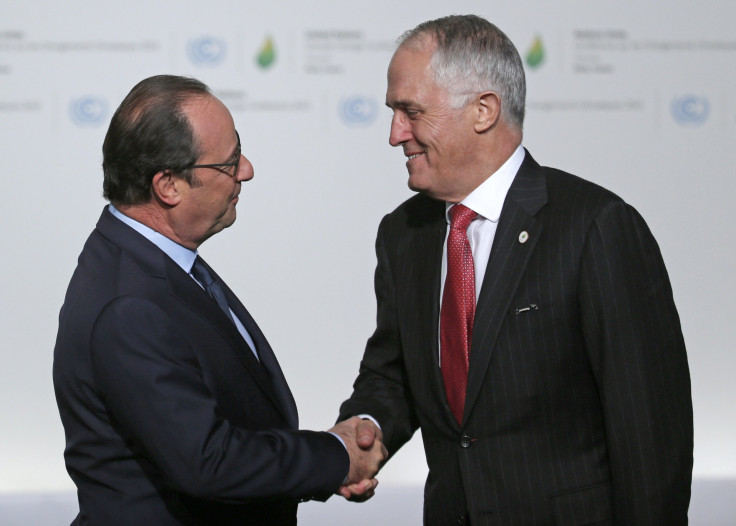Australia’s greenhouse gas emissions a major concern, to grow year on year until 2030

While Australia is bracing for a Zika virus outbreak, there is bad news at the greenhouse gas emissions front. According to market analysts Reputex, Australia’s greenhouse gas emissions are climbing and will continue to do so till 2030. The Australian government released greenhouse gas figures for the financial year ending June 2015, just before Christmas. According to the report, emissions had climbed 1.3 percent on the previous year.
However, the executive director of the energy and carbon markets division of Reputex, Hugh Grossman, said the tricks of accounting made the country’s emissions reduction task seem achievable, reports the ABC.
Although Australia's greenhouse gas target is to reduce emissions by five percent by 2020 compared with 2000 levels, Grossman shows that the government’s figures are showing a six percent rise in emissions, out to 2020. Even Environment Minister Greg Hunt had earlier said that Australia would exceed target by 28 million tonnes.
According to The Sydney Morning Herald, another analyst group, Bloomberg New Energy Finance, is telling investors that the current policy is “cursory and vague” beyond 2020. Political opponents are also critical about the policy.
“The policy places no cap on emissions and hands out taxpayers dollars to big polluters for projects they were going to undertake anyway,” said Labor's shadow climate spokesman, Mark Butler.
Larissa Waters, the Greens' deputy leader, considers the policy a “sham” that will never cut greenhouse emissions. The government is planning a third auction of the Emissions Reduction Fund in April. The other one is expected late in the year.
Australia, in fact exceeded expectations in the 2012 Kyoto Protocol. This provided “store credit” for the second period ending 2020. This means, the country can emit above five percent and then use the “store credit” to make up the difference.
“So we will meet our international obligations under the Kyoto Protocol. But if you like, we're using a credit to achieve it. And that means that our real emissions can be above the target but we still meet it in legal terms,” said Grossman.




















